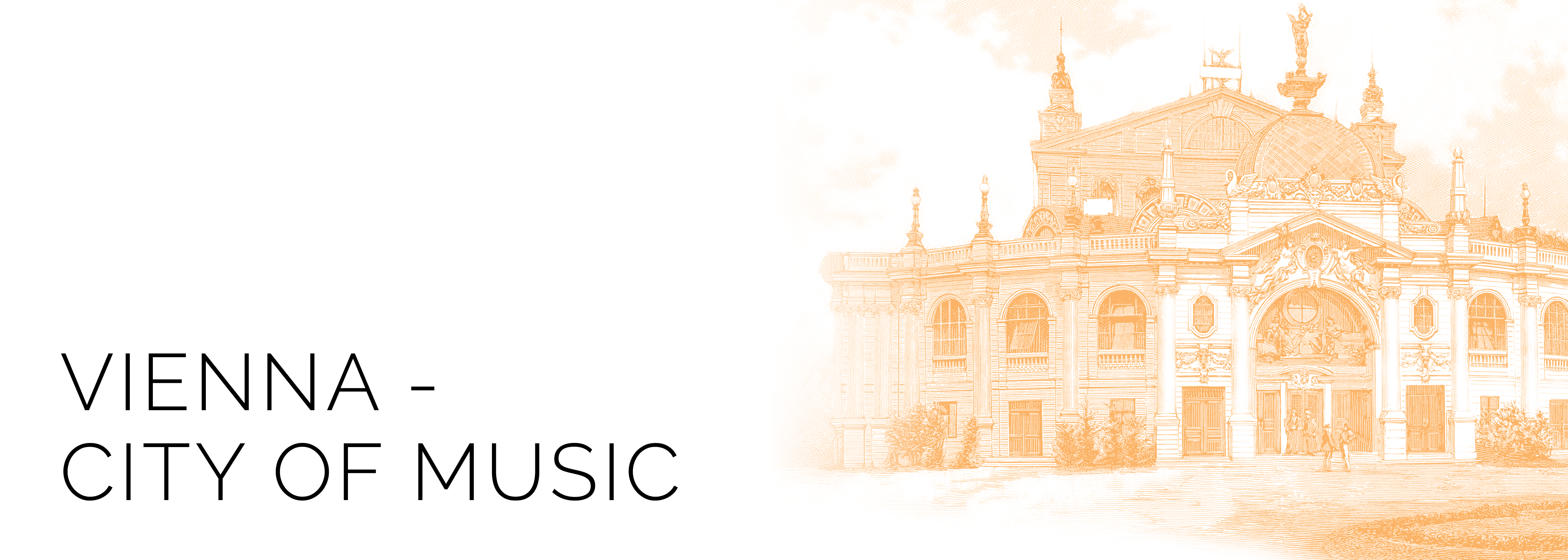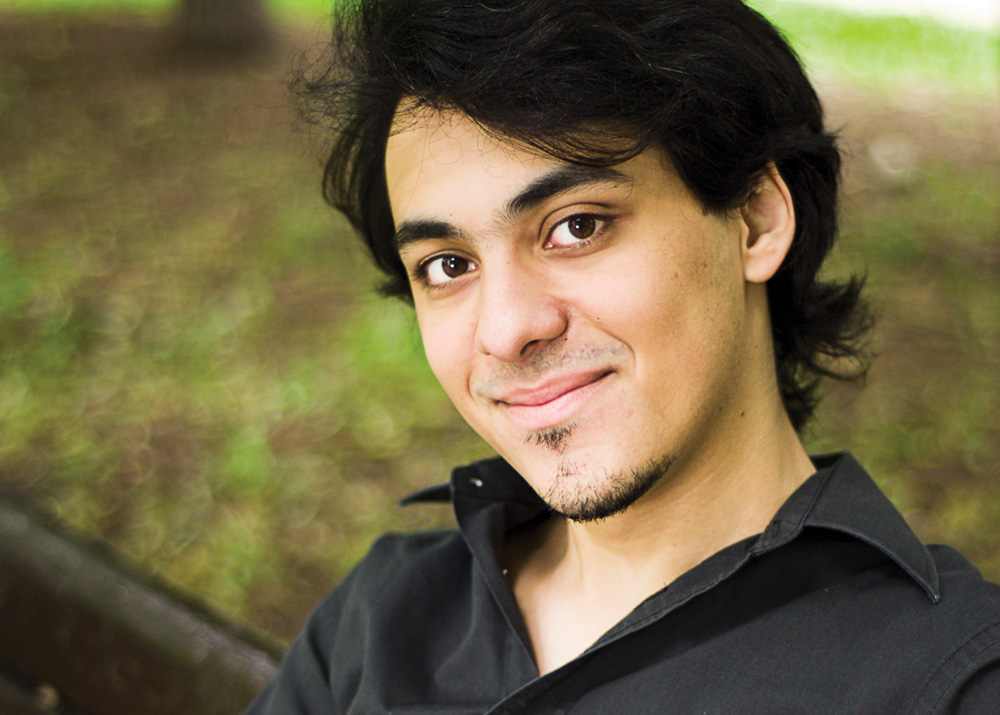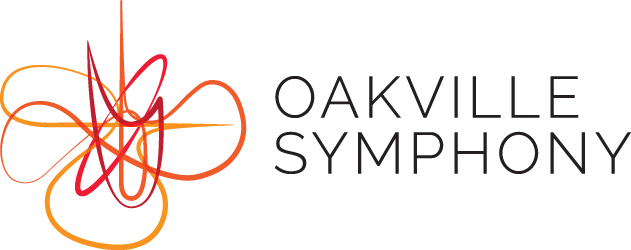
Guest Artist:
Mehdi Ghazi, piano
Program
Wolfgang Amadeus Mozart: Overture to the Marriage of Figaro, K. 492
Ludwig van Beethoven: Piano Concerto No. 1 in C major, Op. 15
I: Allegro con brio
II: Largo
III: Rondo, Allegro scherzando
Johannes Brahms: Symphony No. 1 in C minor, Op. 68
I: Un poco sostenuto – Allegro
II: Andante sostenuto
III: Un poco allegretto e grazioso
IV: Adagio – Allegro non troppo, ma con brio
February 3 at 8 pm – February 4 at 2 pm, 2018
Oakville Performing Arts Centre
Program Notes
Wolfgang Amadeus Mozart (1756-1791): Overture to the Marriage of Figaro, K. 492
Although Figaro is a comic work in the opera buffa tradition, it nevertheless contains significant social commentary about the aristocracy and their abuse of servants in the 18th century. It is full of complex character development which was deliberately intended to convey this rather delicate political message.
Possibly as an attempt to soften the impact of this politicising for his aristocratic patrons, Mozart crafts the overture as humorous, light and sparkling, and renders the listener more receptive to the socially shocking content of the opera itself. The Emperor of Austria, however, was not amused, and despite popular approval of the work, he banned it shortly after its premiere in 1786.
Ludwig van Beethoven (1770-1827) Piano Concerto No. 1 in C major, Op. 15
I: Allegro con brio
II: Largo
III: Rondo, Allegro scherzando
Beethoven wrote five piano concertos that remain in the contemporary repertoire. There are also two early, fragmentary compositions, the first being written at the age of 11. An error in publication has led to this C major concerto being called No. 1, even though it was written in 1797, two years after the B-flat concerto (which, naturally, is now known as the Second!). The C major was first performed in Vienna in 1800, during a concert in which the First Symphony also made its debut.
The piece begins with an extended orchestral introduction that provides two main themes, before the entrance of the soloist. The influence of Haydn and Mozart is evident for some time, until Beethoven strikes out in his own powerful style, leading eventually to a cadenza.
In the Largo we return to the style of Mozart. Most of this movement consists of a theme (presented without introduction by the piano) and variants. There is limited orchestration, over which the piano sometimes provides delicate ornamentation.
In the Rondo, the first subject is again stated by the soloist without orchestral introduction, the style now being somewhat after Haydn. After the exchange of two main themes between the piano and orchestra, there is a cadenza. The first theme is revisited, and a coda leads to the close.
Johannes Brahms (1833-1897): Symphony No. 1 in C minor, Op. 68
I: Un poco sostenuto – Allegro
II: Andante sostenuto
III: Un poco allegretto e grazioso
IV: Adagio – Allegro non troppo, ma con brio
Brahms took more than 20 years to compose this, his first symphony. Feeling such respect for Beethoven (his Fifth and Ninth symphonies in particular), he was unable to complete it until he was totally satisfied. He was already well established as a composer of piano works, and had had some success with orchestral works such as the German Requiem and the St Anthony variations. But despite urgings over the years from Robert and Clara Schumann, and from Bruch, that he should devote himself to symphonic writing, Symphony No. 1 was published only in 1876, by which time Brahms was 43. Because of Beethoven’s strong influence, it is sometimes known as “Beethoven’s Tenth”.
Like the earlier Beethoven symphonies, Brahms’s Symphony No. 1 involves some conflict of key signatures, and the ultimate transcendence (in its final movement) of the major over the minor. The opening of the first movement is portentous and anguished, with relentless rhythm in the timpani and basses, and it introduces three themes that are developed in the allegro section. There is an inconclusive and subdued ending to the movement, suggesting that there is more drama to come.
The second and third movements, however, are more relaxed, and somewhat in the style of an intermezzo. The andante has been described as a nocturnal landscape, possibly inspired by Brahms’s holidays in the Alps; there are delightful horn and oboe solos, and a violin solo after a gentle coda. In contrast, the third movement allegretto suggests a sunlit countryside, with the first theme introduced immediately on the clarinet, over pizzicato cellos.
The drama returns in the finale. There is a poignant six note theme in the violins, and a horn solo (inspired by the Alpine horn heard by Brahms in Switzerland) over hymn-like chords in the bassoons and trombones. Finally, the mood changes at the allegro, with the unforgettable melody of the finale introduced in the cellos. Variants of this and the Alpine horn themes are heard in various instruments, before an affirmative climax, set firmly and triumphantly (as in Beethoven’s Fifth) in C major.
© Notes by Stephen Walter
About Mehdi Ghazi

Solo finalist in the 2013 edition of the International Ferruccio Busoni Competition in Bolzano, Italy, and medalist in the 2014 Hilton Head International Piano Competition, Mehdi Ghazi has been described as a “sensitive pianist” (Anthony Tommasini, The New York Times) and “a great pianist” with a power of “communicating emotions comparable to that of Wilhelm Kempff” (Claude Gingras, La presse, Montreal).
As a soloist and chamber musician, Ghazi has performed in several venues around the world such as UNESCO’s Great Hall in Paris, Koerner Hall in Toronto, the Chapelle Historique in Montreal, the Conservatorio Monteverdi hall in Bolzano among others.
He worked and collaborated with renowned conductors: Daniel Barenboim, Yoav Talmi, John Morris Russell, Pavel Baleff and Raffi Armenian. He performed with renowned musicians: Conrad Tao, Valeryi Sokolov, Aleksey Shadrin and Julie Nasrallah and was selected by The Glenn Gould Foundation to perform before the Governor General of Canada as part of a tribute to the late Glenn Gould.
After moving from Algeria to Canada in 2006, he was awarded several prizes and awards: The 2014 Sylva Gelber Award, First Prize at the “Festival de musique classique du Bas-Richelieu”, and First Prize at the Canadian Musical Competition, as well as school chamber and concerto competitions and special scholarships. He is often featured on radio, television and newspapers: CBC (2011), Classical 96.3 (2012), The Globe and Mail (2011), Algerian Radio and Television (2006) among others.
Ghazi graduated with the highest distinctions from the Montreal Conservatory and the Glenn Gould School where he studied with pianists John Perry, André Laplante and Marc Durand while taking master classes with internationally acclaimed artists such as: Daniel Barenboim, Leon Fleisher, Emanuel Ax, Menahem Pressler, Michel Beroff, Jean-Philippe Collard, Robert McDonald and John O’Conor.
Mehdi also holds an Algerian Science Baccalaureate and is currently completing a Doctorate degree at the University of Montreal under the tutelage of Jean Saulnier.
